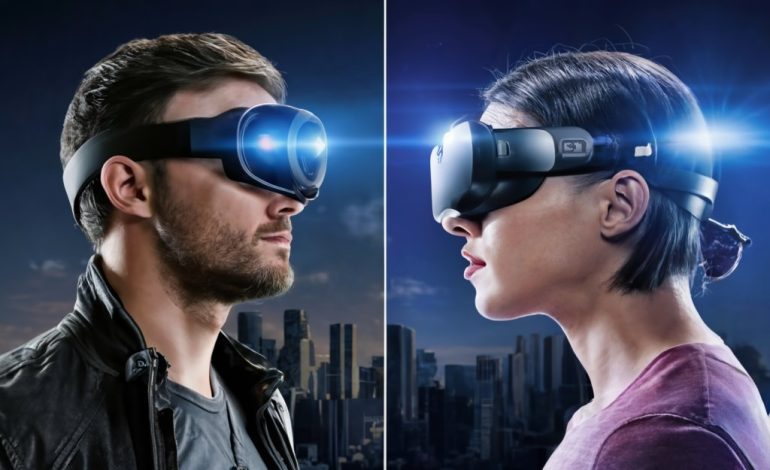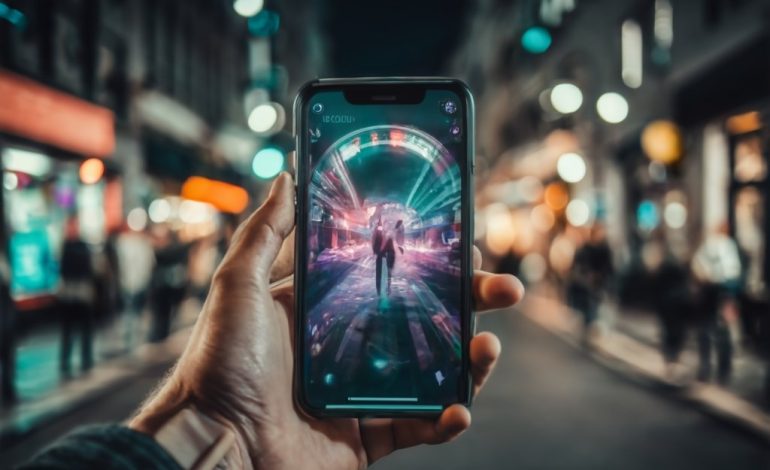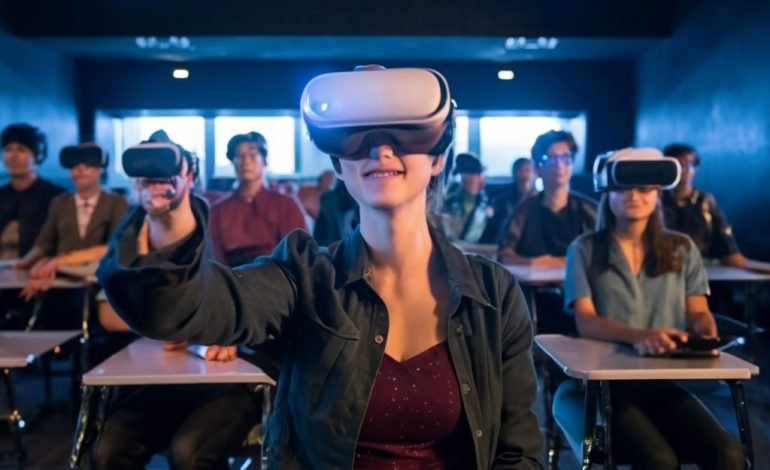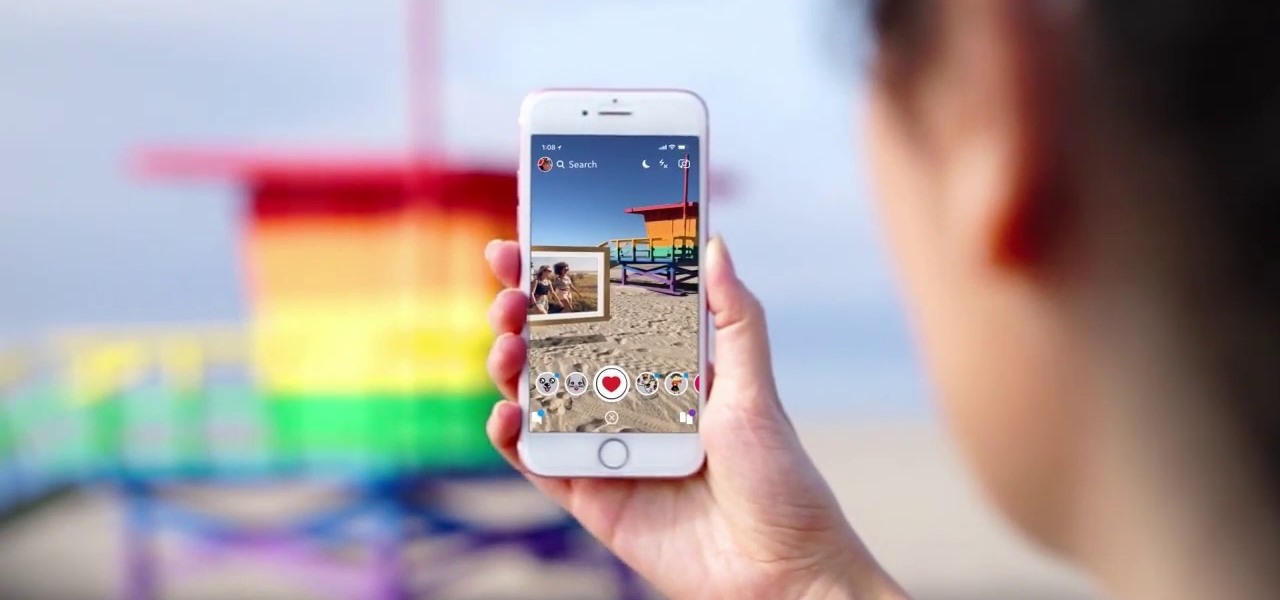AR vs VR Outlook and Insight

In the rapidly evolving field of technology, Augmented Reality (AR) and Virtual Reality (VR) have emerged as two groundbreaking innovations that are transforming various industries. Both AR and VR provide immersive experiences, but they differ in terms of their applications and functionalities. This article will explore outlook and insights of AR and VR, highlighting their unique features, applications, and future prospects.
Understanding AR and VR
What is Augmented Reality (AR)?
AR is a technology that superimposes computer-generated images or information onto the real world, enhancing the user’s perception of reality. It blends virtual elements with the physical environment, providing an interactive experience through visual, auditory, haptic, and olfactory stimuli.
What is Virtual Reality (VR)?
VR, on the other hand, creates a simulated environment that simulates physical presence in a virtual world, often using a head-mounted display (HMD) or VR goggles. It immerses users into a computer-generated environment, disconnecting them from the real world and offering a highly realistic and interactive experience.
Applications of AR and VR
AR Applications
1. Design and Architecture: AR enables architects and designers to overlay virtual models onto physical spaces, allowing clients to visualize the final designs before construction.
2. Education and Training: AR enhances learning experiences by providing interactive and immersive educational content, allowing learners to interact with virtual objects and simulations.
3. Retail and E-commerce: AR improves the shopping experience by allowing customers to virtually try on clothes, visualize furniture in their homes, and virtually browse products.
4. Healthcare: AR aids in surgical procedures and medical training by providing real-time guidance, visualizations of patient data, and procedural simulations.
5. Gaming and Entertainment: AR technology has revolutionized the gaming industry by introducing interactive games that blend virtual elements with the real world.
VR Applications
1. Gaming and Entertainment: VR offers an incredibly immersive gaming experience by transporting users into virtual worlds with realistic graphics and interactive gameplay.
2. Simulations and Training: VR provides realistic simulations for various industries, including flight simulators, military training, and even virtual reality therapy for phobias and anxiety disorders.
3. Virtual Social Networking: VR enables people from different locations to interact and communicate in a virtual space, creating a sense of presence and enabling shared experiences.
4. Architecture and Design: VR allows architects and designers to visualize and walk through virtual environments, enabling them to make informed decisions during the design process.
5. Travel and Tourism: VR offers virtual tours and travel experiences, allowing users to explore destinations and landmarks without leaving their homes.
The Future of AR and VR
AR and VR technologies are still in their early stages, but their potential is immense. As technology advances and becomes more accessible, we can expect to see significant growth and development in the following areas:
1. Enhanced User Interface: AR and VR will continue to improve user interfaces, making the experiences more intuitive, responsive, and immersive.
2. E-commerce and Retail Revolution: AR and VR will reshape the e-commerce and retail industries, allowing customers to have personalized and interactive shopping experiences.
3. Education and Training Advancements: AR and VR will play a vital role in revolutionizing education and training by providing enhanced simulations and hands-on experiences.
4. Medical and Healthcare Innovations: AR and VR will contribute to advancements in medical training, surgery, rehabilitation, and even mental health treatment.
5. Collaboration and Communication: AR and VR will enable more effective remote collaboration and communication, allowing teams to work together in a virtual environment regardless of their geographical locations.
AR and VR technologies are transforming industries and providing innovative solutions. While AR bridges the gap between the physical and virtual worlds, VR creates fully immersive virtual experiences. The applications and potential of both technologies are immense, with advancements expected in various sectors such as gaming, education, healthcare, and retail. As technology continues to evolve, AR and VR will undoubtedly continue to shape the future and revolutionize the way we perceive and interact with the world.





